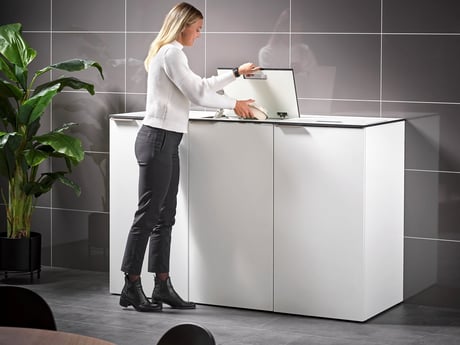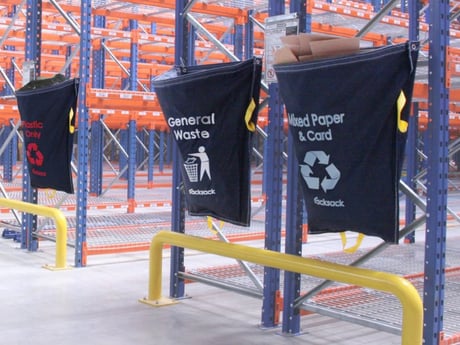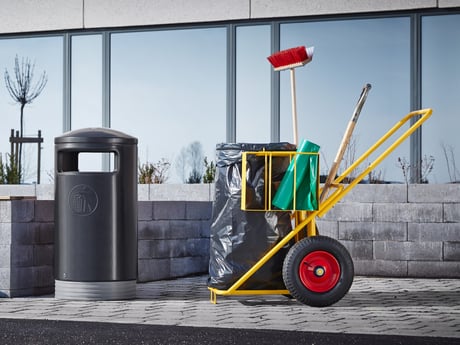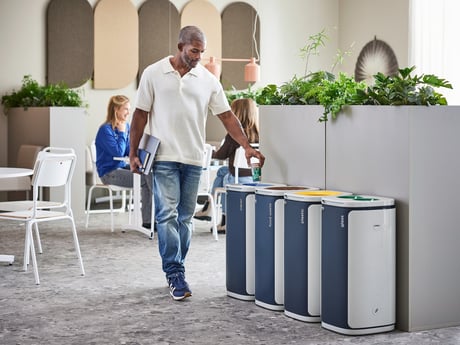- AJ Products UK
- Blog: Tips to Inspire Happiness at Work
- Tips & trends
- How green is your office?
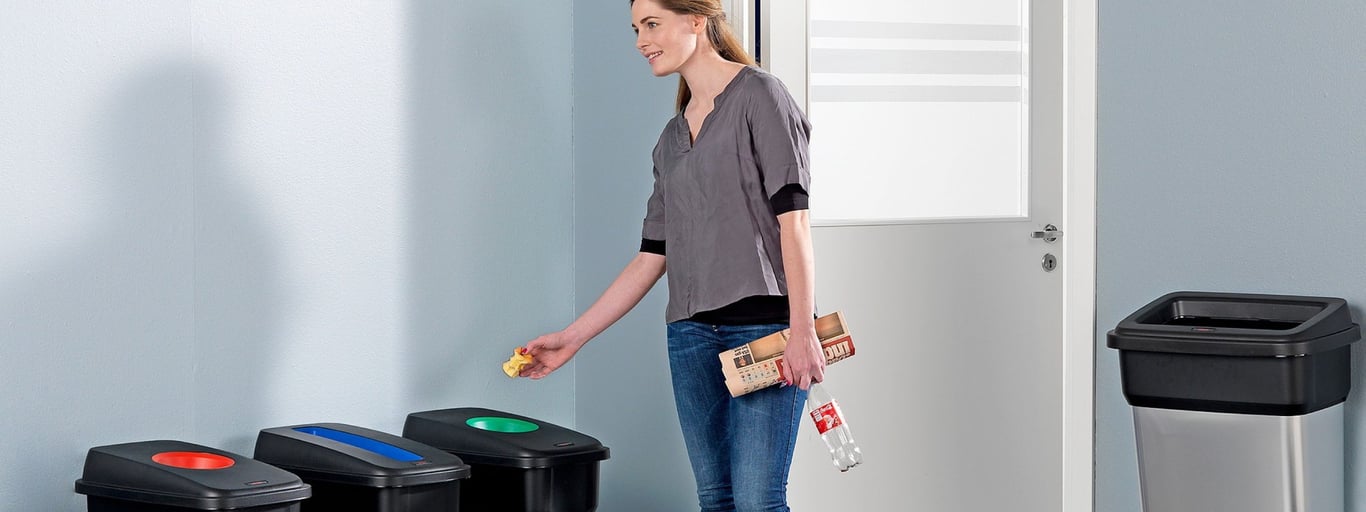
How green is your office?
Does it really make sense to sort your rubbish?
Absolutely, by separating materials such as paper, plastic, glass and metal they can be recycled into new products and packaging. Some things in our workplace may also contain substances which are toxic, carcinogenic, explosive or highly flammable and can cause serious harm to people, animals and the environment. Batteries, fluorescent lamps, chemicals, old computers and other electronic devices are examples of such hazardous waste.
"Sorting is about taking responsibility for your waste and using resources in an efficient manner" says Henrik.
Clearly marked and coloured bins
"What are the needs of your workplace? You need to find a sorting solution that works for your business and that leaves no doubt about what should go where" says Henrik, who recommends using a range of colours. "Our range includes everything from small office bins to larger bins, warehouse racksacks and tipping skips. Choose the system that you think is best suited to your environment and make sure that it is easily visible so that it gets used."
Recycling points
An important factor for the successful separation of waste at source is to make it simple. It should not feel tedious, pointless or unnecessarily time consuming.
"It is good to have recycling points in several places, especially if you have a large workplace. A good first step is to have a small bin under each desk that is just for paper. It's also a great idea to have a recycling bin by the photocopier" says Henrik.
How to Effectively Sort Waste at Work
- Keep it simple and logical: Make it easy to understand what can be recycled and what should go in general waste. Colour-coded bins are a straightforward way to encourage correct sorting.
- Make bins easy to access. Place them in convenient locations so that recycling doesn’t feel like a hassle. A great starting point is to provide separate containers for paper and cardboard.
